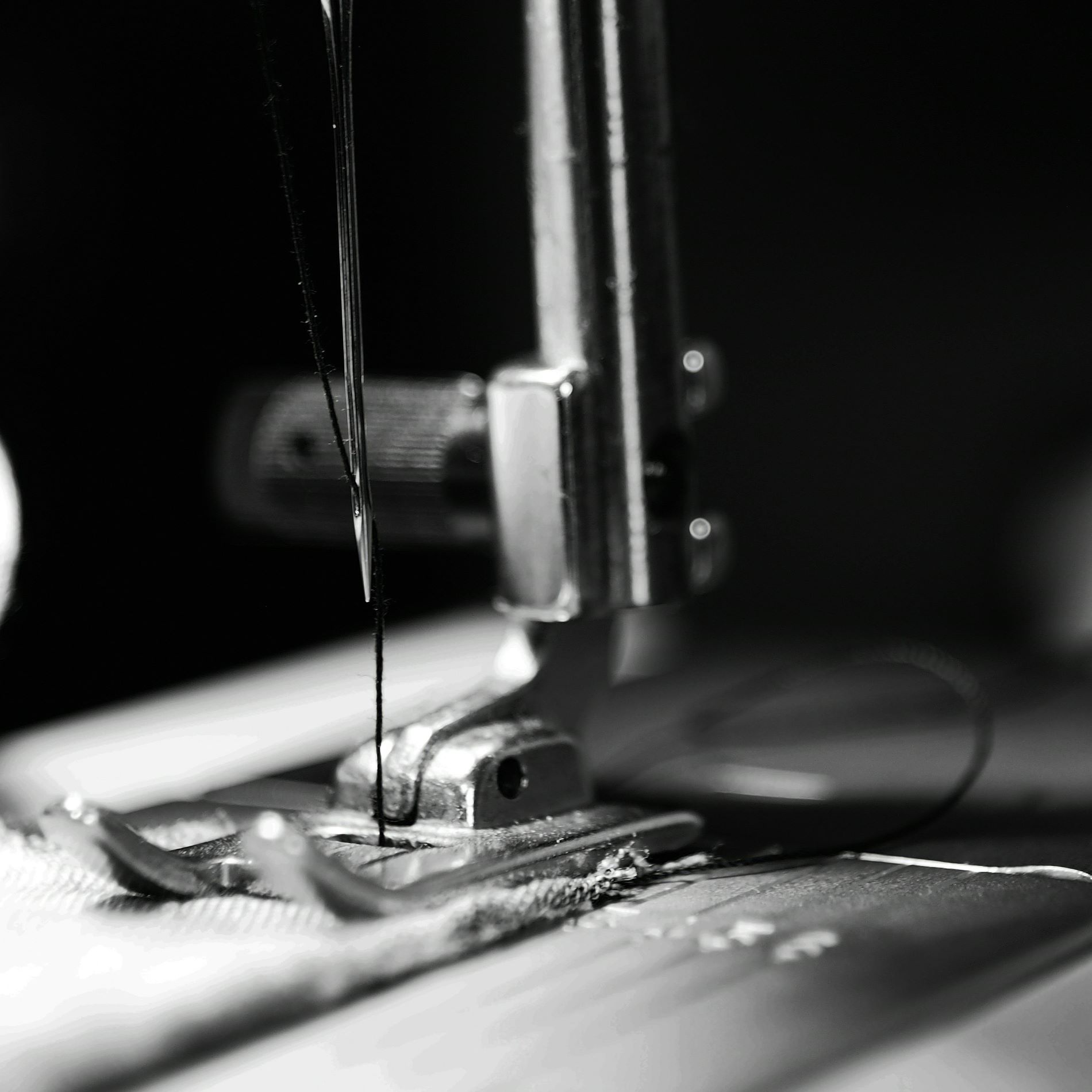Reading time: 3 minutes
Digital transformation in the textile industry
The textile sector is undergoing a digital revolution: 3D configurators, virtual samples and AI-supported analytics are fundamentally changing design, production and sourcing. What once took weeks can now be achieved in real time – efficiently, sustainably and data-driven.
Digital manufacturing environments: 3D configurators and virtual samples
3D configurators offer brands, interior designers and manufacturers new creative freedom. They allow for real-time adjustment of colours, materials, cuts and surfaces – directly on screen. Such tools can improve purchasing and decision-making confidence while reducing returns.1
Virtual samples go one step further: they replace physical prototypes with digital simulations. Studies show that approximately 85% of all produced fashion items end up as waste – with around a quarter of that consisting of samples and window display pieces.2 Switching to virtual samples significantly reduces waste, time and material consumption.
The interior segment also benefits: acoustically effective upholstery fabrics can be visually simulated, and their performance calculated using digital acoustic models. A digital sample workflow enables tighter integration between design, CAD/CAM and manufacturing.
Smart sourcing and predictive analytics: efficiency along the supply chain
Smart sourcing links planning with real-time data from production, the market and the supply chain. Combined with predictive analytics, this leads to data-driven sourcing strategies that use resources more efficiently and reduce overproduction.
Studies in apparel supply chain management show that AI-supported forecasts offer more accurate insights into demand and supplier risks. This improves transparency, enhances planning and increases supply chain responsiveness.
Data-driven fashion: real-time data as a decision-making tool
In data-driven fashion, consumer data, trend signals and IoT inputs are analysed in real time. Tools like Stylumia use AI for trend forecast. This could help eliminate up to 60 million garments annually.
Predictive analytics helps apparel specialists plan size distributions and styles precisely – based on sales data, trend movements and regional preferences. Size charts can be automatically adjusted, slow-sellers avoided and reorders managed precisely. This reduces inventory costs and enhances sustainability in collection planning.
The same applies to interior textiles: product designs can be tailored to market needs, variety optimised, and batch sizes reduced – benefiting designers, manufacturers and end customers alike.
Technology driving sustainability
Virtual sampling and predictive analytics are far more than buzzwords – they deliver tangible sustainability benefits:
- Less material and waste: virtual samples replace physical prototypes – reducing CO₂ and textile waste
- On-demand production: production decisions are based on real demand
- More efficient supply chains: resources, volumes and logistics can be planned more precisely – avoiding stockouts and overproduction
Conclusion: digitalisation as the key to efficiency, innovation and sustainability
3D configurators, virtual sampling, data-driven sourcing and predictive analytics are fundamentally changing the textile industry. Companies that actively implement these technologies benefit from shorter development cycles, more sustainable resource use and agile production models.
Especially in the interior and apparel segments, data-driven decisions open up new opportunities. Digital tools help reduce overproduction and material consumption – making the textile value chain fit for the future: connected, efficient, sustainable.
FAQ – frequently asked questions
What are the concrete benefits of 3D configurators in the textile industry?
They allow digital configuration of fabrics, colours and textures in real time. This speeds up design processes, reduces the need for physical samples and facilitates communication between design, engineering and customers. Many companies report up to 60% higher conversion rates and fewer returns.
How is predictive analytics changing product design in apparel?
With predictive analytics, historical sales data, seasonal trends and regional preferences can be analysed. This leads to more targeted collections, optimised size ranges and improved resource planning – reducing overproduction and increasing profitability.
What role do virtual samples play for interior textiles?
Virtual samples replace time-consuming physical prototypes. They enable photorealistic visualisation on furniture or in room settings. Designers can simulate material behaviour, colour rendering and technical properties like lightfastness or acoustic performance – saving time, costs and resources.










